The Cornea era at CPMC’s Department of Ophthalmology, then known as Stanford University School of Medicine, began in 1937 when the head of the Ophthalmology Department, Dr. Hans Barkan, decided he wanted to add Cornea to the expanding subspecialties. He convinced one of his graduating residents, Max Fine, to spend 6 months in New York learning under the leading corneal surgeon at that time, Ramon Castroviejo, and then to return to San Francisco to practice. At that time External Disease was not part of the specialty.
Dr. Max Fine – Cornea Pioneer
Fine performed the first corneal transplant on the west coast in 1939. He was assisted by his former co-resident Jerome W. Bettman who later served as department chair. It was a square graft, made with a double-bladed knife, secured by overlying 6-0 cotton sutures. Finer nylon sutures had not been created. (Read about Dr. Fine under Luminaries)
In the 1940s and early 50s, most ophthalmologists did general practice rather than one subspecialty. Dr. Fine, fascinated by neuro-ophthalmology challenges, did cataract and strabismus surgery (as Dr. Jampolsky, nationally known for his research in strabismus, did corneal transplants). Despite the difficulty of working with fresh corneal tissue stored at 4 degrees which needed to be used within 48 hours and the concomitant difficulty of contacting, hospitalizing and scheduling patients for general anesthesia on nights and weekends, changing office schedules and difficulty of long post-operative care, Dr. Fine was not discouraged like many other surgeons.
As Fine’s reputation in corneal surgery grew, he became more focused on corneal disease and transplantation. There were many factors that aided his success including, his meticulous and talented surgical technique, willingness to work long hours on night and weekends, and support by the hospital working within the time restrictions mandated by fresh tissue. He achieved unusual success, even in early square graft surgery, with a mean follow-up time of 20 years, 84% of 19 keratoplasties for keratoconus, without appositional sutures, remained clear, and only 3 failed.
Tissue Banking Evolution
The Eye Bank of PMC (before CPMC) was supported by the regional Lions Clubs for years. At the start, it was able to provide fresh donor eyes for transplantation that were collected by residents and trained morticians. Bruce Spivey helped the Eye Bank combine with the Ear Bank in the seventies and the new entity was supported by the Lions Clubs. The resulting Transplant Bank was amalgamated with the regional Organ Bank. This association supported new procurement technicians and longer-term storage of corneal tissue as well as improving the facility. This transition revolutionized cornea transplantation over the next two decades.
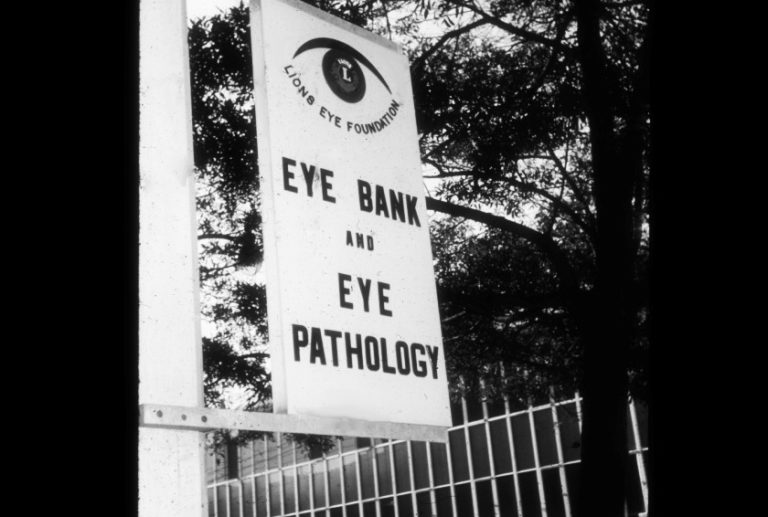
These entities combined and created the Northern California Transplant Bank. The Bank provided cornea, sclera, inner ear, bone, and tissues including heart valves. As the demand for tissues expanded, the Bank moved to San Rafael and eventually was acquired by Tissue Banks International with a state-of-the-art facility in Richmond. The Eye Bank section continued to supply whole corneas, lamellar corneas and eventually Descemet’s membrane transplant tissue to the West Coast.
The increased quality and standards for tissue banking were fulfilled by certification from the Eye Bank Association of America, and David Vastine served as Medical Director of the Eye Bank during this transition. As for the corneal surgeons of the department and other regional surgeons, the new availability of tissue allowed the routine scheduling of corneal surgery, which was and continues to be a great benefit to the patients, surgeons, and hospitals in the area.
In 1948 A. Edward Maumenee, MD, came from Baltimore to be Chairman of Ophthalmology at Stanford. He brought with him Dr. Walter Kornbleuth, with whom he had been doing research, to continue his research here. Maumenee changed and improved the educational experience, and added Monday Grand Rounds, which became a popular forum for ophthalmologists in the Bay Area. His cornea research was inspired by the papers of Peter Medawar on graft rejection (Medawar later won the Nobel Prize for his work on tissue rejection). Dr. Maumenee’s research included the role of macrophages in rejection, corneal nerves in graft rejection, “immunologic privilege”, and the pump function of endothelial cells. He was the first to suggest the use of steroids in corneal graft rejection (it was being used in other organs). His work enriched the cornea experience for residents and others interested, and prominent cornea specialists from around the country visited to observe his work. He continued until 1955, when he was appointed Chairman of Ophthalmology at Johns Hopkins University. Others, mostly private practice ophthalmologists, continued some of the research after his departure.
Dr. Fine set the standard on the west coast for corneal transplantation at PMC, coming to recognize the value of having a Fellow or Resident to assist in his surgery and practice. The Department absorbed the Eye Clinic at Mt. Zion Hospital, and a regular 6-month resident rotation was established there, taking advantage of the Dr. Fine experience. Other prominent teachers included Drs. Ben Picetti, and Bruce Osler.
Gilbert Cleasby was also an active cornea surgeon and researcher on corneal graft rejection. His interest in adapting to new technologies resulted in bringing the first photocoagulator to PMC. Cleasby and Blaine Boyden introduced another new “gadget”, the indirect ophthalmoscope, teaching the residents how to use it. As a result of Webster and Cleasby’s training on the phacoemulsifier, PMC received the second machine in the US.
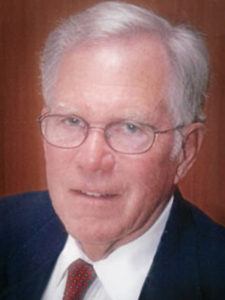
Corneal Service Grows
In 1970 Bob Webster served as an unofficial Chief of the service, running grand rounds, and inviting special lecturers. Webster had graduated from Stanford Medical School and completed his residency at Stanford, going on to a Cornea fellowship at Harvard’s Mass Eye and Ear, under the legendary Claus Dohlman.
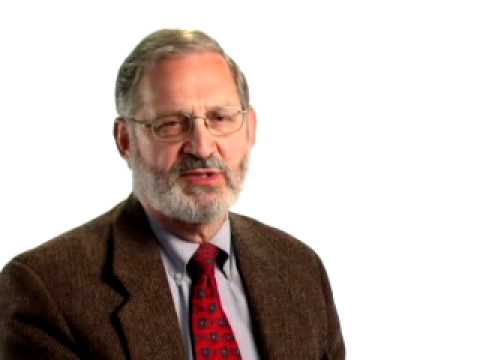
When Bruce Spivey arrived in 1971, he recruited a full-time corneal specialist, Dr. David Vastine, to incorporate the Eye Department of Highland General Hospital in Oakland into the residency program. This service provided an irreplaceable part of the residency with excellent pathology and a venue for the residents to become primary providers in the care of many difficult patients. The educational experience in eye trauma of all sorts continues in the current rotation at Highland. Vastine served as Chief of Cornea from 1976 to 1981. He had received his MD from the Thomas Jefferson University School of Medicine and completed his residency and fellowship training at the Illinois Eye and Ear. He also completed a residency in general surgery at UCSF followed by a post-doc fellowship at the Proctor Foundation in ocular infectious disease. In addition to supervising the resident surgery and cornea clinic, the residents were invited to his private office to see interesting patients and assist with surgery when available.
Bob Webster was named Chief of Cornea in 1982 and after Rich Abbott finished his CPMC residency, and fellowship training, he returned to San Francisco to serve with Webster as Co-director of the service, later serving as Chief of Cornea from 1989 to 1995.
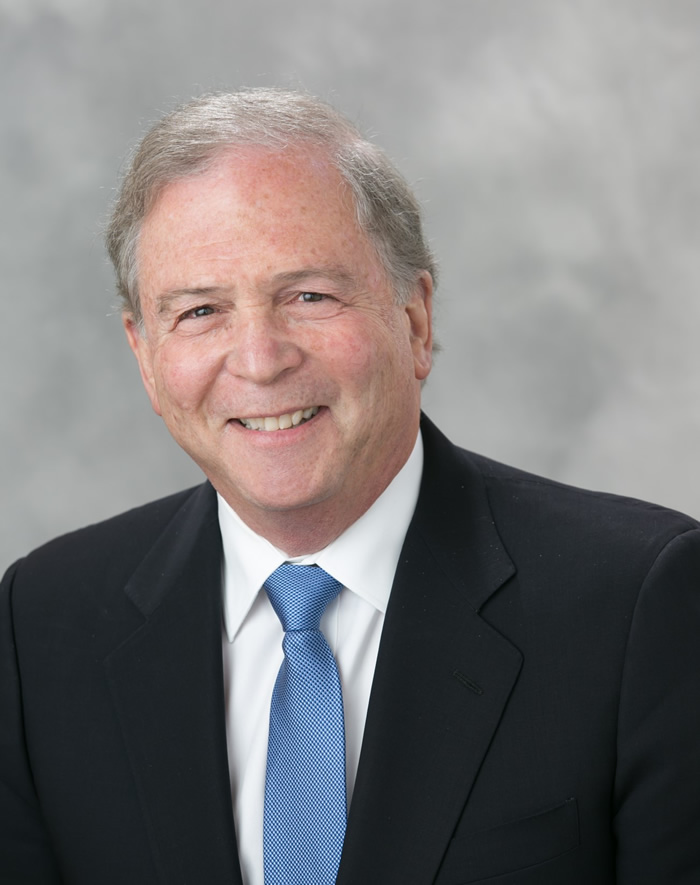
A graduate of The George Washington School of Medicine, Abbott completed a fellowship in Cornea and External Disease at Bascom Palmer. Abbott and Fine published papers together on Abbott’s specular microscopy studies, and Abbott also helped to introduce refractive surgery to the program before leaving to join the UCSF Department of Ophthalmology as Professor of Cornea and External Disease.
Notably, Webster sponsored a cornea fellowship from 1976 to 1995, later was joined by Abbott and a total of 22 fellows were trained who spread their talents both nationally and internationally.

Daniel Goodman served as Chief of Cornea from 1995-2004. He received his MD from the University of Michigan Medical School, completed his residency at UCSF and a fellowship in Cornea and External Diseases at the Wilmer Eye Institute. During his tenure, new and advanced refractive, anterior segment and corneal procedures were introduced, including the first resident-performed LASIK, scleral-sutured posterior chamber lens implants and endothelial keratoplasty cases. The residents also developed a robust penetrating keratoplasty practice during these years, with the introduction of new diagnostic tools such as corneal topography and corneal tomography into the resident clinic.
David Vastine reprised his role as Chief of Cornea from 2005 – 2012. Long interested in infectious disease and overseas missions, his association with the Aravind Eye Hospital in Madurai contributed to the addition of the third-year elective there for residents. This has been an excellent rotation, augmenting the training and experience of the residents in international medicine and exposure to the management of ocular disease and cataract surgery in a developing nation. Dr. Pulin Shah was the first of many residents to take advantage of this elective opportunity in 2005.
In addition to these educational activities, significant clinical and research collaborations were established at the UC Berkeley School of Optometry in clinical research in cornea physiology and contact lens management of myopia.
On the clinical front, Drs. Vastine, David DeMartini and Ivan Schwab began the use of autologous conjunctival autografting in severe anterior segment surface disease and published the first paper on auto grafting in 1984 in The Journal of Ophthalmology. Subsequently, Drs. Vastine and DeMartini presented their poster exhibit at the Academy on auto grafting in pterygium reconstruction. This technique has been adopted worldwide as the standard of care for simple and complex pterygium reconstruction. The successful use of grafting obviated the need to use Beta irradiation and mitomycin with their inherent long time delayed complications of scleral melt, cataract formation and secondary infection. Drs. Day and Vastine also published work on the use of donor epikeratoplasty for severe Steven Johnson syndrome. As these techniques became more widely investigated, it became apparent that the auto-grafting techniques were transplanting active limbal cornea and conjunctival stem cells which would, over time, repopulate the ocular surface with healthy cells.
The Eye Department was also awarded an NIH grant to research the adenovirus and to set up a lab to continue work on the rapid diagnostic techniques of acute adenovirus infections. This was an extension of the use of immunofluorescence(IF) to label virus infected cells. The previously studied IF tests were cumbersome. The lab facility and technicians also helped with the purification and manufacture of Botulinum Toxin with Dr. Alan Scott.
A new Division was created in 2008 when Dr. Andrew Sorenson was named Chief of refractive laser surgery.

Dr. Margaret Liu served as Chief of Cornea from 2013 to 2022. She received her MD at the SUNY Downstate College of Medicine where she also completed her residency in Ophthalmology, going on to a fellowship in Cornea, External Disease and Refractive Surgery at the Wilmer Eye Institute at Johns Hopkins. During Liu’s tenure, the Cornea section has incorporated several new procedures and techniques with residents as first or assistant surgeon including Boston Type 1 Keratoprosthesis, ultra-thin DSAEK, DMEK, flanged intrascleral fixated IOL, and ICL (implantable collamer lenses) surgery. Liu also improved access to corneal cross-linking for Lions patients with her practice, bringing an Avedro link to the Eye Institute.
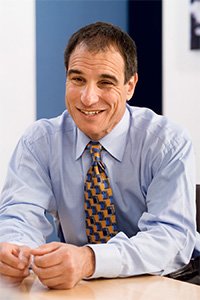
Mark Mandel was named chief of Cornea in 2022. He received his MD from the UCLA School of Medicine, completed his residency at CPMC and a corneal transplant fellowship at the University of Iowa.
A number of alums have been active volunteers for the Cornea faculty including, Drs. Rich Abbott, David Demartini, Mathew Denny, Bernd Kutzscher, Mark Mandel, Lee Schwartz, Ivan Schwab, Andy Sorenson, and Mike Turan. The volunteer faculty was further expanded with the addition of Dr. Jay Bansal who introduced SMILE to the residents, as well as Drs. Michael Saidel, Mira Lim, and Enoch Nam. More recently, we welcomed Tayyeba Ali,and Elizabeth Shen to our clinical cornea faculty. Our didactic faculty broadened via a web-based format to include alums Vincent Ray, Ken Downes, Michael Clamp and Adrian Dokey. We also welcomed Helena Cheng, OD to broaden the contact lens education in the Lions Clinic. In collaboration with Andy Sorenson, we re-established the resident rotation at UC Berkeley during their cornea rotation.
Other surgeons who trained at CPMC are active corneal surgeons in their communities including: Drs. Adam Gess, Mark Goldberg, Christian Hester, Thomas Litzinger, William Richheimer, Samuel Santander, Pulin Shah, and Charles Zacks. Currently alum Michael Ang is in fellowship training.
